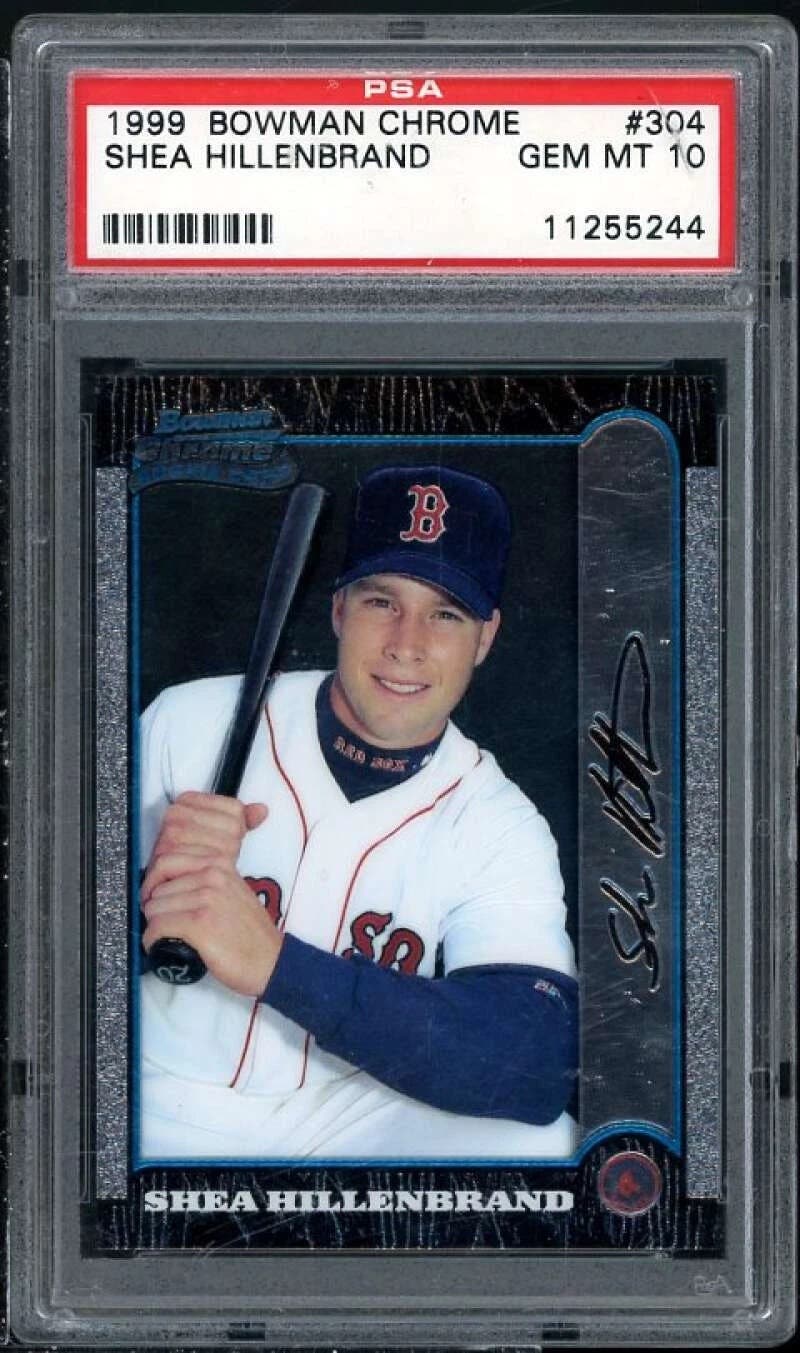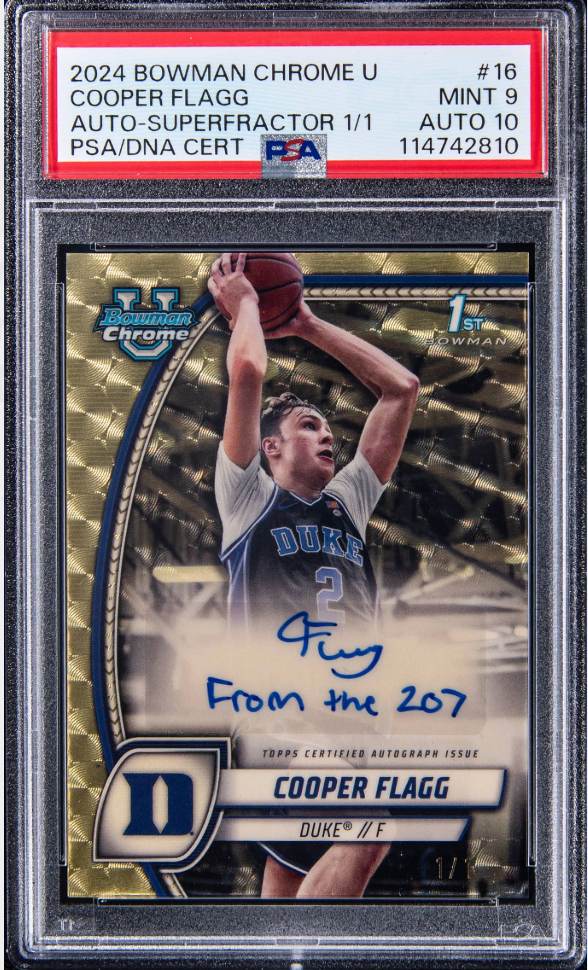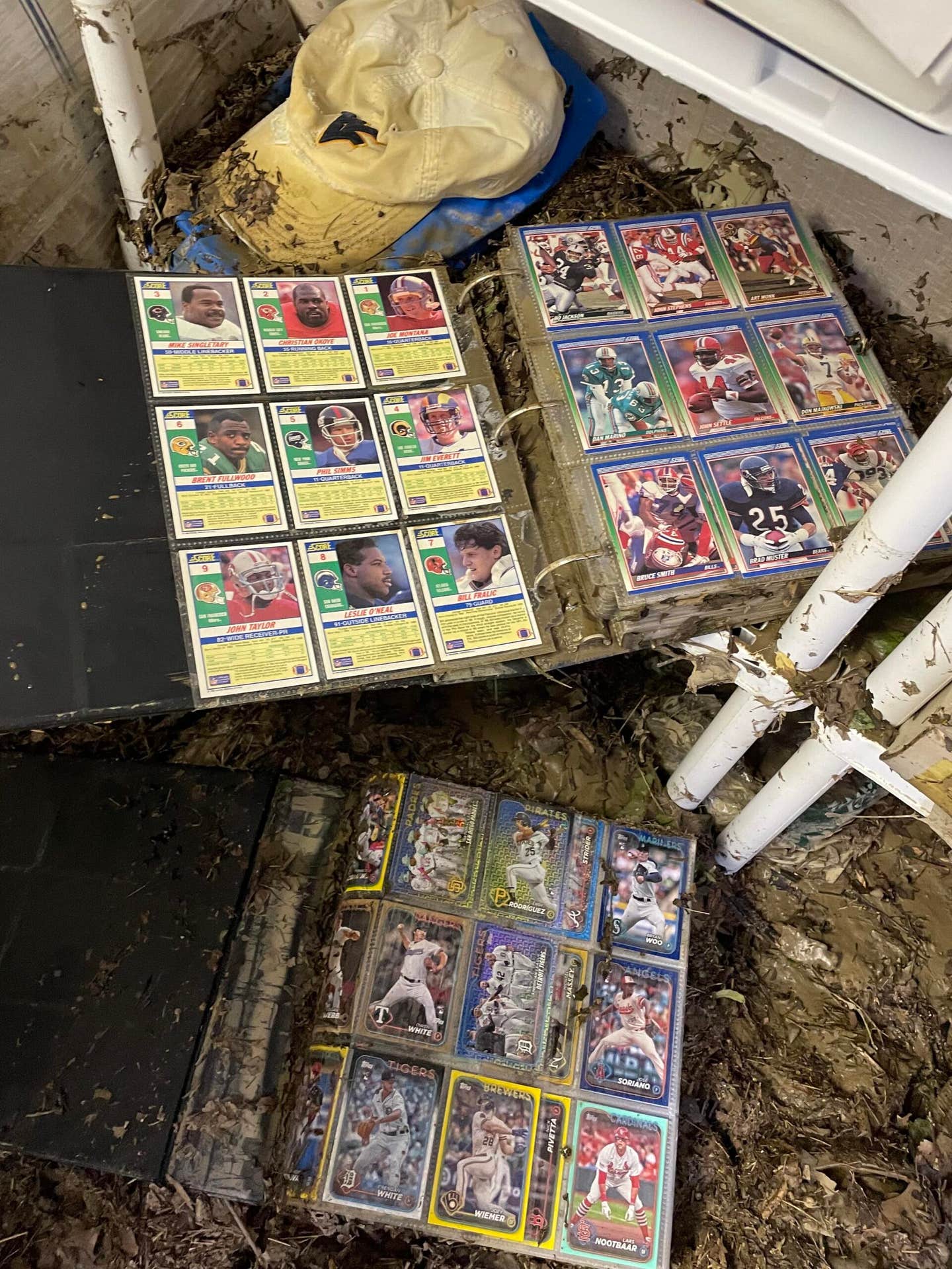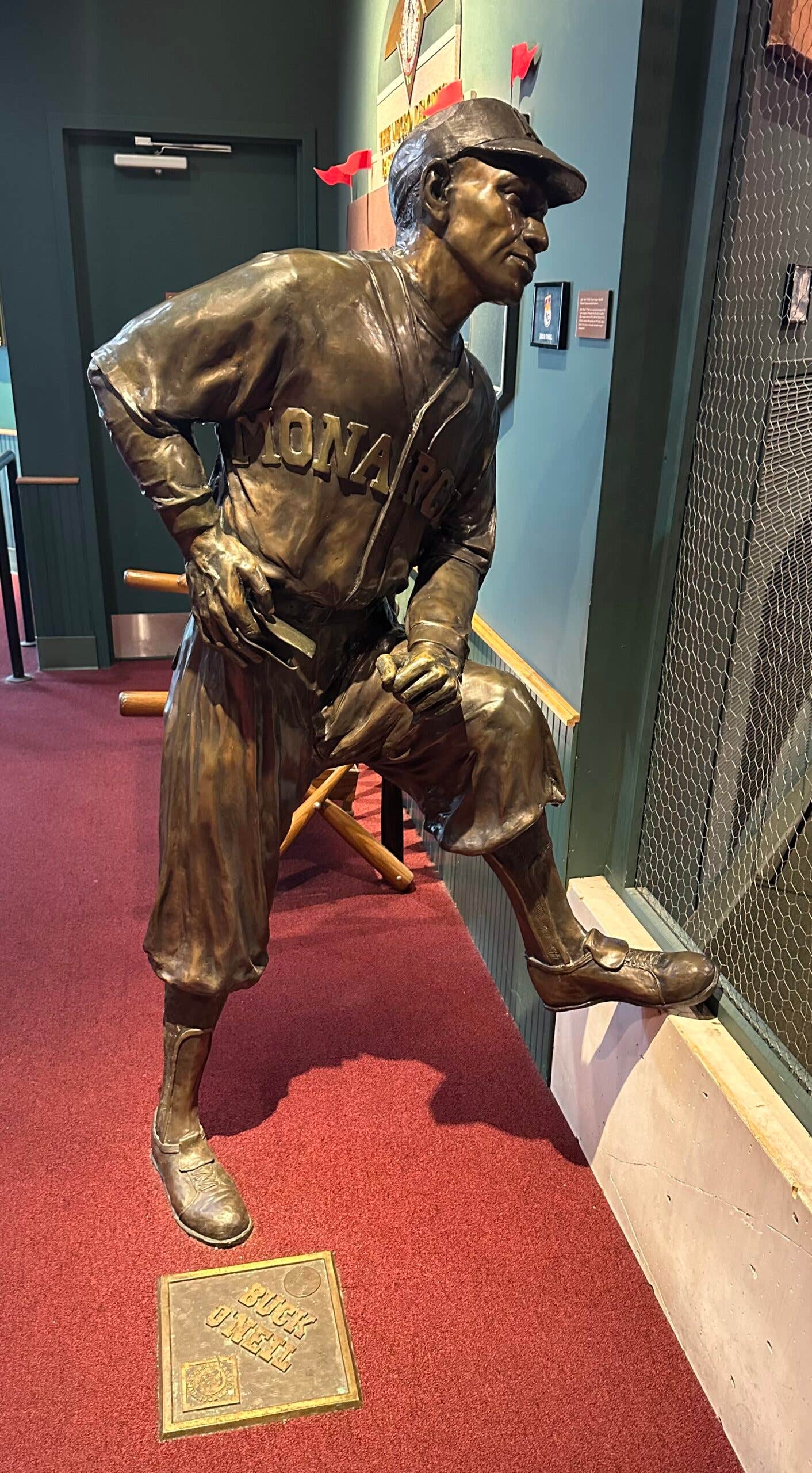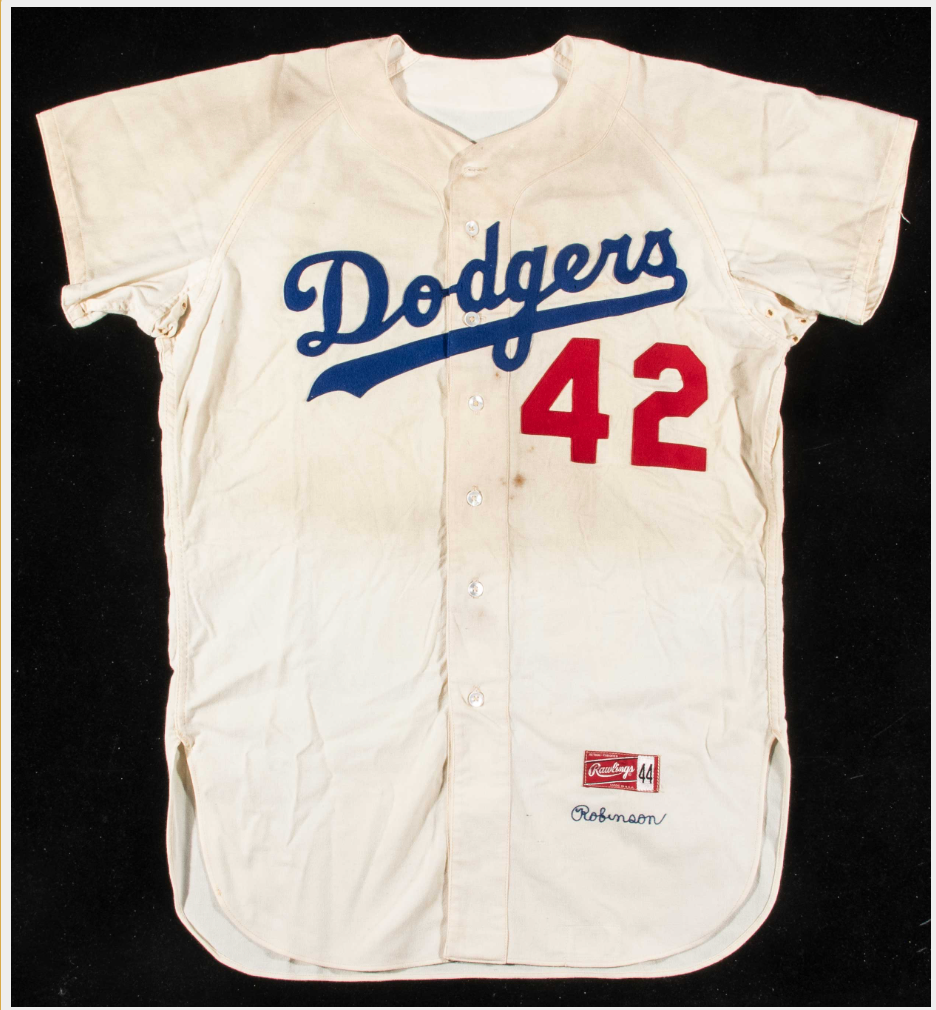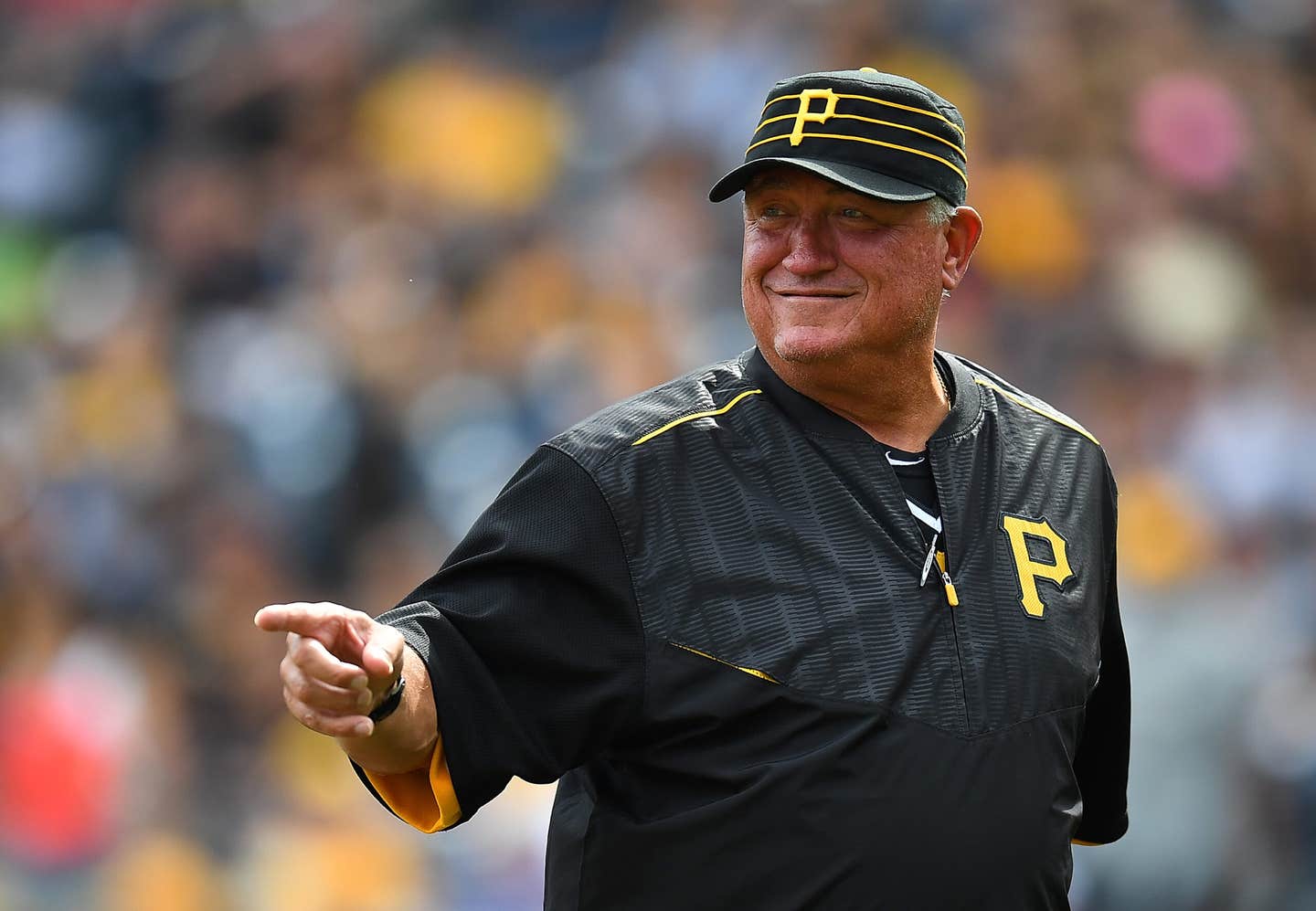News
You Can Call Me Al Kaline
by Kevin Huard
SCD is going back in time, more than 18 years, and bringing back a classic interview with Hall of Famer Al Kaline from the Jan. 17, 1992, issue of SCD (keep that in mind with some of the all-time stats presented). From time to time, SCD will be offering stories from its past as part of a Looking Back feature.
For 22 years, Al Kaline was what the Detroit Tigers were all about. From his first few at-bats in 1953, until he hung up his spikes for good after the 1974 season, Kaline was a model of consistency in the Motor City.
Elected to the Hall of Fame in 1980, his first year of eligibility, Kaline hit safely 3,007 times during his career, one of just 16 players to reach the coveted 3,000 mark. He poked 399 home runs, hit .297 lifetime, scored 1,622 runs, drove in 1,583, and in 1955, at the age of 20, he became the youngest player to ever win a batting title, hitting .340.
A clutch hitter, Kaline hit .379 in the 1968 World Series against St. Louis, his only appearance in the Fall Classic. He had two homers and eights runs batted in against the Cardinals. He was named to a total of 18 All-Star games.
Kaline was a standout right fielder during the time of many standout right fielders, including Roberto Clemente and Roger Maris. He had better than average speed and he possessed a strong and accurate throwing arm. He won 11 Gold Gloves, and in 1971, he played 133 straight games without an error.
He owns the American League record with 20 years of 100 games or more.
The interview
SCD: Could you tell us how you became involved in pro baseball so quickly at the age of 19. You came up with Detroit in 1954.
Kaline: Actually, I came up in June of ’53. It was really the two years where the owners got together and said that they have to stop signing young talent to bonuses in that time. What they came to was that if you signed someone for more than $6,000 a year, he would be considered a bonus player and would have to stay in the big leagues for two years, and that would really scare away a lot of teams from offering players big money. Back in those days, that was big money for signing. Detroit wanted me, and they were willing to give me a bonus. I got a bonus somewhere near $15,000. That meant that I had to stay in the big leagues for two years.
SCD: You were right out of high school?
Kaline: Right out of high school, Southern High School in Baltimore. I was fortunate enough. I joined the ball club in June ’53. I played as a regular in 1954. I hit .276. Then the final year of my contract, I led the league in hitting with .340. So I never had to go back to the minor leagues.
SCD: You made an impression right away. A guy like Harmon Killebrew, who came up about the same time, was a bonus baby. He was also very young but wasn’t able to hang with the Washington club and was later sent back down to the minors. He stayed with the club, but he was frustrated not being able to get on the field for two years, and he went back to the minors and came back in ’59. But you stayed in the big leagues and played regularly.
Kaline: Yes, I had a chance to play. A lot of players with talent sometimes don’t get a chance to play right off the bat. I think in Harmon’s situation, I remember Harmon coming into Tiger Stadium. He had just signed as a bonus player, and he was hitting the ball into the right field upper deck in Tiger Stadium. I was fortunate, I played on a team that didn’t have many outfielders, so I had a chance to play. I think when Harmon came up, Mickey Vernon was probably over there. I’m not sure about that, but it’s pretty hard to move Mickey off of first base. I think they experimented putting Harmon at third and in the outfield also.
SCD: Did you play any other sports in high school?
Kaline: I was a really good basketball player. In fact, I was offered several scholarships to play basketball. I didn’t have any scholarship offers in baseball. I wasn’t very big and my first love was baseball. That’s what I wanted to do if I could.
SCD: You didn’t weigh a lot when you came up.
Kaline: When I joined the ball club, I was about 6-feet tall and I weighed 150 pounds. And then after a year or so, I put on about 10 pounds. In 1955, I played at about 175 and I grew to 6-foot-1. I maintained that for quite a while, and then the last eight or 10 years that I played, I played at about 186 pounds. I’ve stayed at that weight all the time.
SCD: When you came up, you were surrounded by a tremendous amount of talent in the American League.
Kaline: I’m fortunate that I played at such a young age around such great talent. I really feel that in the ’50s and early ’60s, particularly in the ’50s, I really feel that I probably played with more great players than at any other time. Mickey Mantle was the best player I ever played against. I know all the problems he had with his legs. Of course, I thought (Ted) Williams was the greatest hitter I ever saw. And you can just go on and on with all the great players that were back in that era. Back then, players had to really fight for a job and had to earn the job. They had to maintain certain standards to stay there. I think today the talent is diluted so much that a lot of players are in the big leagues that probably shouldn’t be.
SCD: You were a Mickey Mantle fan from your high school days. There’s been a lot written about that. Mickey says for a guy as good as Al Kaline was, he can’t believe some of the things he read about you, talking about how good you were. That was a nice compliment from Mickey.
Kaline: I’ve really got a great deal of respect for Mickey. He played on those great Yankee teams. He had so many physical problems and to see him go out there and play as hard as he did, day in and day out, there’s no telling how much more he could have done had he been healthy.
SCD: You had some real good years with Detroit. In 1960, a huge trade was made with Cleveland involving Harvey Kuenn for Rocky Colavito. Harvey was the A.L. batting champ in 1959 for Detroit and Rocky was a home run slugger and a folk hero in Cleveland.
Kaline: It was a trade of two fan favorites. Harvey was the favorite in Detroit and of course, Rocky was a big favorite in Cleveland. It was really a different type of trade where you trade a singles hitter for a home run hitter. Rocky turned out to be an outstanding player for us. Harvey had one year at Cleveland was traded into the National League. Myself personally, I had great years when Harvey was hitting ahead of me. He was on base a lot for me, and I had driven in 100 runs a couple of times when he was hitting ahead of me. And then when we got Rocky in the trade, Bill DeWitt our general manager, called me and said, “Forget about hitting home runs and driving in runs.” They wanted me to get on base for Colavito. Really, had Harvey stayed around for a little while, I think I would have driven in a lot more runs. All of a sudden, they wanted me to become more of a singles hitter instead of driving in runs.
SCD: 1961 was not a bad year for Detroit when you think about it. You went against probably one of the greatest teams of all time, the ’61 Yankees. The Tigers won over 100 games.
Kaline: Yes, we won over 100 games and still finished 10 games out, something like that.
SCD: It was incredible with yourself, Rocky and Norm Cash producing runs.
Kaline: Yes, we had some good players. We had a couple of kids that played career-type years. We had Jake Woods and Steve Boros on the infield and Dick Brown behind the plate.
SCD: How abut your pitching staff?
Kaline: We had Frank Lary. I’m not really familiar with all the names anymore. We scored a lot of runs. But we went into Yankee Stadium for a big four-game series, and they swept us. They just knocked us right out.
SCD: In an old magazine article from 1963, some people said you were an individual player at times. You obviously wanted to do well. If the team was going in the right direction, you wanted to win, but it was hard at times to play on a team that wasn’t doing very well. You felt that your life in baseball would not be fulfilled until you were instrumental in bringing home a World Series Championship in Detroit.
Kaline: I really thought that a lot of my career was wasted because I always felt that I was a much better player when the games were on the line, the playoffs, World Series, All-Star games. You look at all my records in the All-Star game, I hit well over .300 in all the All-Star games I played. The World Series I did well. The playoffs I did well. I always looked forward to playing in the big games, and that’s why I always did well against the Yankees, because they were always the best team. I just was able to elevate my ability when I played against the best. It wasn’t until ’67 or ’68 that I had a chance to play on a winning team. Actually, that’s the only two years with the exception of the early ’60s that we did well. I just wish I’d have played on a better team.
SCD: But in ’68 it all came together for you.
Kaline: We should have won in ’67. I know Boston fans won’t say that. But it was really unfortunate in the fact that we had a couple of rainouts. We had to play two doubleheaders back-to-back the last two days of the season.
SCD: That was a tough race going down to the wire.
Kaline: The closest race ever in the American League. Three teams were a half game separated.
SCD: You had to win that and it would have been a tie.
Kaline: It would have been a tie, and we lost and then the following year we got off to a great start and we were able to win in ’68.
SCD: You played for 21 years. Were you pretty much injury-free?
Kaline: Oh no. I had a lot of major injuries. In fact, I had a broken shoulder, broken cheek bone, hit with a ball, broken ribs and a broken finger. So I missed quite a bit. I didn’t miss very many games with little minor nagging things. I never missed a game because I wasn’t feeling well or things like that. But when I got an injury, they were major ones. They were almost five, six-week injuries.
SCD: Tell us your proudest achievements. You’ve done so much in your career to be proud of. What are your most thrilling moments playing the game?
Kaline: Well, certainly I’ll never forget the first day I joined the ballclub in Philadelphia. I was just a kid out of high school and all of a sudden you’re taking the train to Philadelphia and you’ve got your dad, the scout that signed you and all of a sudden you’re putting the major league uniform on for the very first time. You go into that big stadium and see the crowd. Of course, in Philadelphia there weren’t that many crowds for the Athletics at the time. But that was something that stands out when you first put that uniform on and you’re in that locker room with all the great players that you had read about and then, all of a sudden, you’re putting on a uniform. Of course, in 1955 everything seemed to go right for me, and I ended up leading the league in hitting, becoming the youngest player ever winning a batting title in the major leagues.
SCD: It’s still a record today.
Kaline: It’s still a record today. I was one day younger than Ty Cobb was when he won it. Of course, ‘68 was the magic year for us. I hope that every major league player gets a chance to play in the World Series. A lot of great players didn’t get that opportunity but just to play in the big games — just to get to the World Series is a great thrill. I’m proud of my longevity. I was able to play for a long period of time. I stayed with the same team 21½ years. Of course the ultimate goal was being elected into the Hall of Fame on the first ballot.
SCD: They talk about Al Kaline’s 3,000 hits. You’re in a very exclusive club. A lot of people forget about the run production of Al Kaline. You had 399 home runs.
Kaline: Yes. You know I was a little guy. I didn’t hit many home runs. I didn’t try to hit home runs.
SCD: That’s still a lot of home runs.
Kaline: I wasn’t a home run hitter. I averaged probably around 20-some home runs a year, which is not a great deal, not today. They knew what to expect from me your-in, year-out.
SCD: Hitting 20 homers a year with your batting average and run production, you’d be up in that $3-$5 million a year range today. Do you ever think about that?
Kaline: Yes. You think about it once in a while. I certainly hold no grudges. In fact, I don’t feel that the players are overpaid. The owners are handing the money out and as long as they’re willing to do that, I don’t blame the players one bit. It’s the owners that have got to control themselves, not the players. You think about those kinds of things. These guys are making tremendous amounts of money, which is great. I just hope that they all concern themselves about the future of the game 25 years from now, and not worry about themselves or this year or next year. They should worry about 25 years from now. Are they going to price the average person from buying a ticket and going to the ballgame?
SCD: That’s possible if the media money starts drying up. Mickey Mantle mentioned that when you’re playing from year to year and you’ve got one year contract, for instance, in ’57 — despite being the MVP the second year in a row — they wanted to cut his salary because his power totals went down a little.
Kaline: I think we all have stories like that. I led the league in 1955, hit .340, hit 27 home runs and drove in 102 runs. The following year I didn’t do as well. I hit only .328, I had 27 home runs, 128 runs batted in and they wanted to cut me. They said I didn’t hit as high as I had the year before and the team didn’t do as well. We all have stories like that.
SCD: It basically made you hungry.
Kaline: Yes. You had to play year-to-year just to get a small increase anywhere from $3,000-$8,000 or $9,000, depending on what town you played in. You had to have good years just to get some kind of increase. Of course, we had no alternative, so we couldn’t play out our options or have our agents go talk to other teams. We were under the control of those teams. Unless they wanted to trade you or give you the pink slip, you really couldn’t say much about it.
SCD: Is there any ballplayer today that you enjoy watching that you think might be able to play back in the ’50s?
Kaline: Oh, I think there are so many great players today. I’m not saying there’s not. My only concern is that there may be two-three players on every team that probably should not be in the big leagues. There are a lot of great players today. These are great athletes out there today. Kirby Puckett, I would pay to see him play because he plays with enthusiasm. He looks like he loves the game. Don Mattingly’s going through some rough times right now with his back. But boy, those four-five years that he had, it was just great to watch him play, great dedication. Dave Winfield has always been a big favorite of mine because every time I’ve seen him – and I’m sure it’s true every day he goes out and plays – he looks like he goes as hard as he possibly can. And I can go on and on about a lot of them.
SCD: How about Nolan Ryan?
Kaline: Nolan Ryan, I faced him my last year and I’m glad I didn’t have to face him earlier. Of course, when I faced him back in ’74, he was real wild when he was with the Angels. This 39-year-old man was a little tentative when he got to the plate facing him. But he’s been a great credit to the game of baseball. We need more players, more people like Nolan Ryan.
SCD: Did you, or have you ever collected any items from your career?
Kaline: No, nothing of any great consequence. I’d only save things like Gold Gloves or something like that. I’ve given it to my kids and my sisters.
SCD: No rings?
Kaline: No, I don’t like to wear rings. I never have been one that liked to flaunt a lot of things. In fact, the less I’m recognized, the better I like it. I just like to be like everybody else and talk about the issues of the world instead of everybody wanting to talk about baseball. Believe me, when I’m sitting on a plane and I talk to people and they don’t know who I am, I just enjoy the flight tremendously because I’m able yo talk to that person about what they do and situations of the world without always having to defend baseball and baseball players and the big salaries and on and on and on.
SCD: There are other things to life?
Kaline: there are. I always had a saying that, if you weren’t the best, what’s the difference whether you’re No. 2 or No. 30 or No. 500? And I was never the best. I was never the worst. I was far from being the worst, but I was a lot closer to being the best than I was to worst. u
For values of memorabilia pertaining to Al Kaline, visit the auction Prices Database located at www.sportscollectorsdigest.com.



